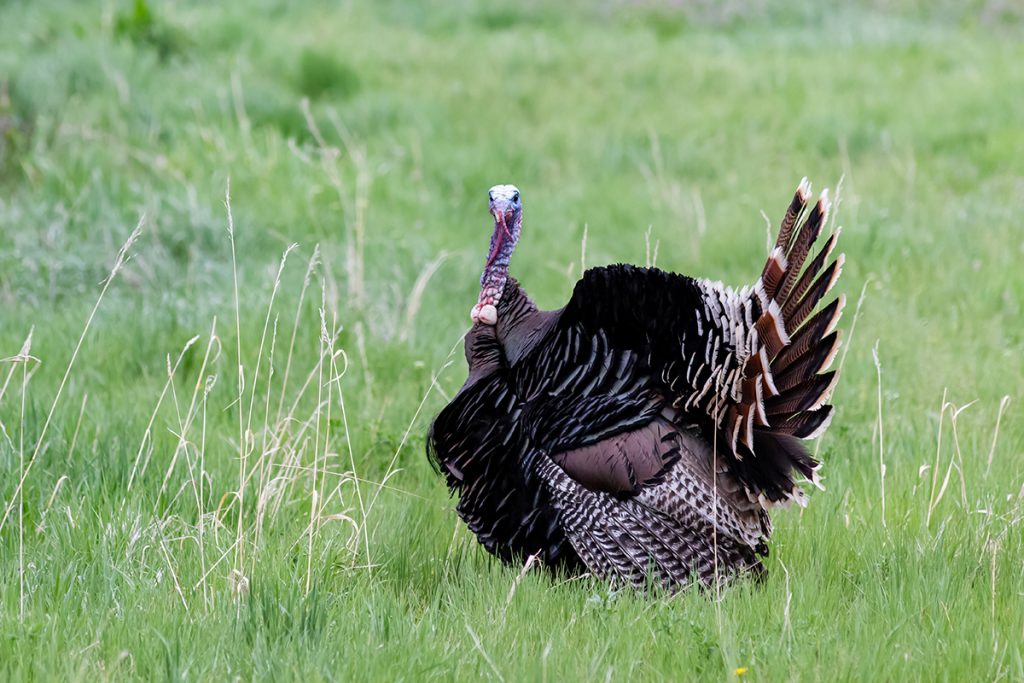
Depending on your Conservation Reserve Program (CRP) contract, you will plant native grasses to fulfill your requirements if you’re enrolled in a practice like CP2 or CP38. Native warm season and cool season grasses can bring many benefits to your land, including erosion control, carbon sequestration, and improved water quality. But native grasses are also highly beneficial for wildlife habitat, particularly grassland birds and game species.
Although they may take longer than other plants to establish, grasses like switchgrass are typically low-cost, low-maintenance, and require minimum fertilizers if any. This, in addition to their wildlife benefits, makes planting grasses an excellent choice for many CRP projects. In this post, we’ll take a closer look at how native grasses can help your local wildlife thrive.
Protective cover
For grassland birds and other species, native grasses provide important protective cover. This cover provides several benefits for local wildlife, especially endangered species and vulnerable populations, including reliable shelter from predators.
Additionally, grasses create ample, high-quality nesting habitats for grassland birds and game species, like the bobwhite quail and eastern wild turkey. This allows these species to sufficiently protect their young, increasing their populations and further enhancing their local ecosystems.
In addition to nesting, the protective cover from grasses is also crucial for secure travel. Tall grasses like big bluestem are particularly good for providing a robust, towering canopy that allows vulnerable species to travel without exposing themselves to predators.
Nutrition
Native grasses are excellent not only for wildlife protection but for high-quality nutrition as well. Grassland birds and other small wildlife species like the cottontail rabbit subsist on insects that live in grassland habitats.
With native grass establishment, water quality can also be greatly improved. Grasses and their roots intercept sediment and nutrients, providing cleaner water to both wildlife and humans. Access to clean water is essential for advancing wildlife populations as well as maintaining the health of the land and soil.
Additional benefits of native grasses
Along with their effects on local wildlife, native grasses offer additional benefits to your land. For instance, their deep roots allow for enhanced soil retention and stability, while also retaining moisture. Additionally, the protective cover isn’t just for wildlife. It also protects the land itself from erosion and harsh weather, helping to further conserve it for future generations.
By establishing native grasses on your farmland, you can help protect vulnerable wildlife populations, enhance your land, and benefit the environment. Plus, their low cost and easy maintenance make grasses an ideal choice for CRP participants.
But if you’re new to the program, you may need assistance with selecting the right grass species for the establishment process. Your CRP seed should be appropriate for your region and the specific conservation practice (CP) you are enrolled in.
Need help finding the right seeds and getting your grass project starter? Contact us at All Native Seed. We offer the highest quality CRP seed mixes containing native grasses to fit your needs. All our seed mixes are NCRS- and FSA-compliant, and our experienced CRP specialists can help you choose the right seed for your project. Plus, we can help with grass establishment and documentation through our sister company, FDCE. Reach out to us today to learn more!
